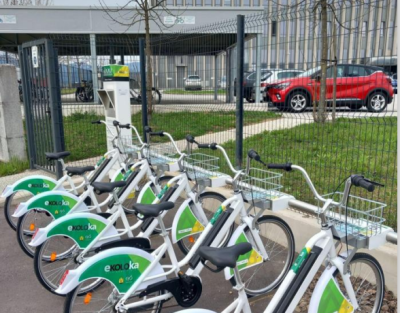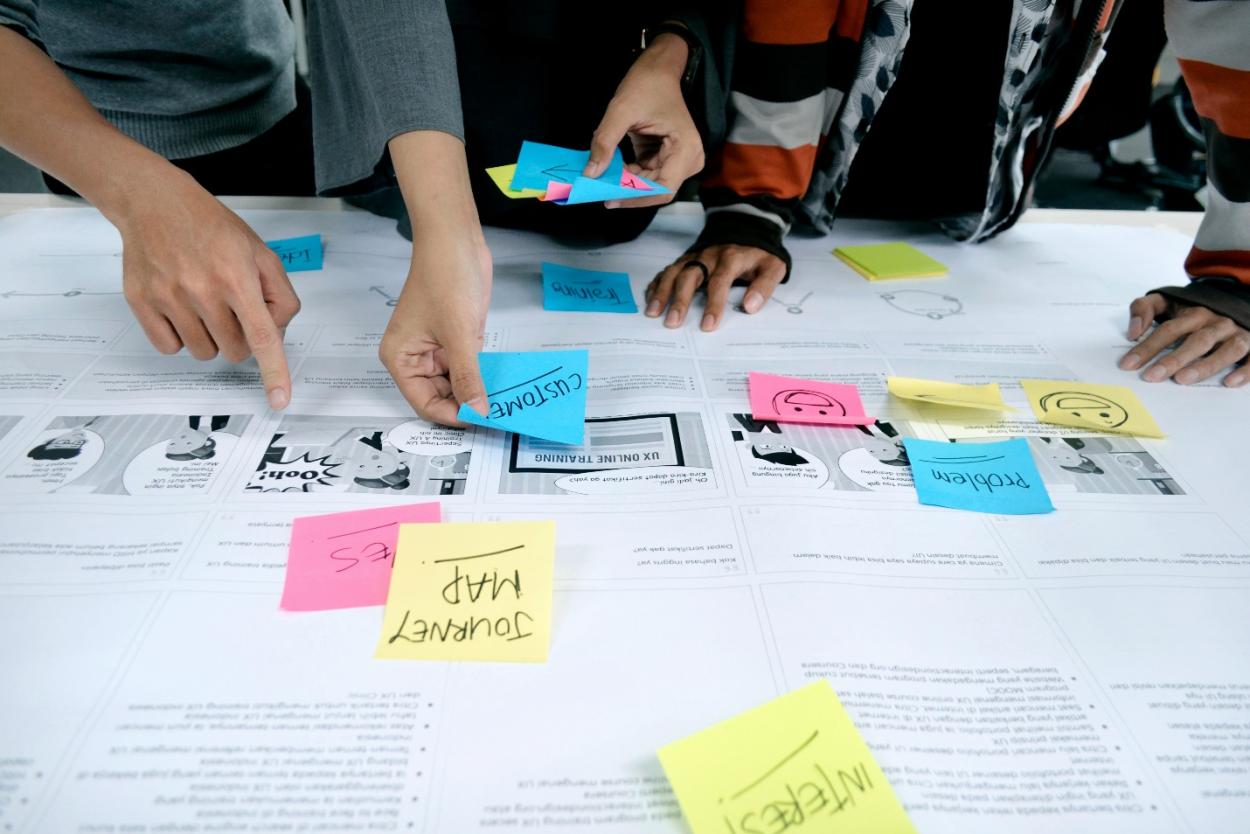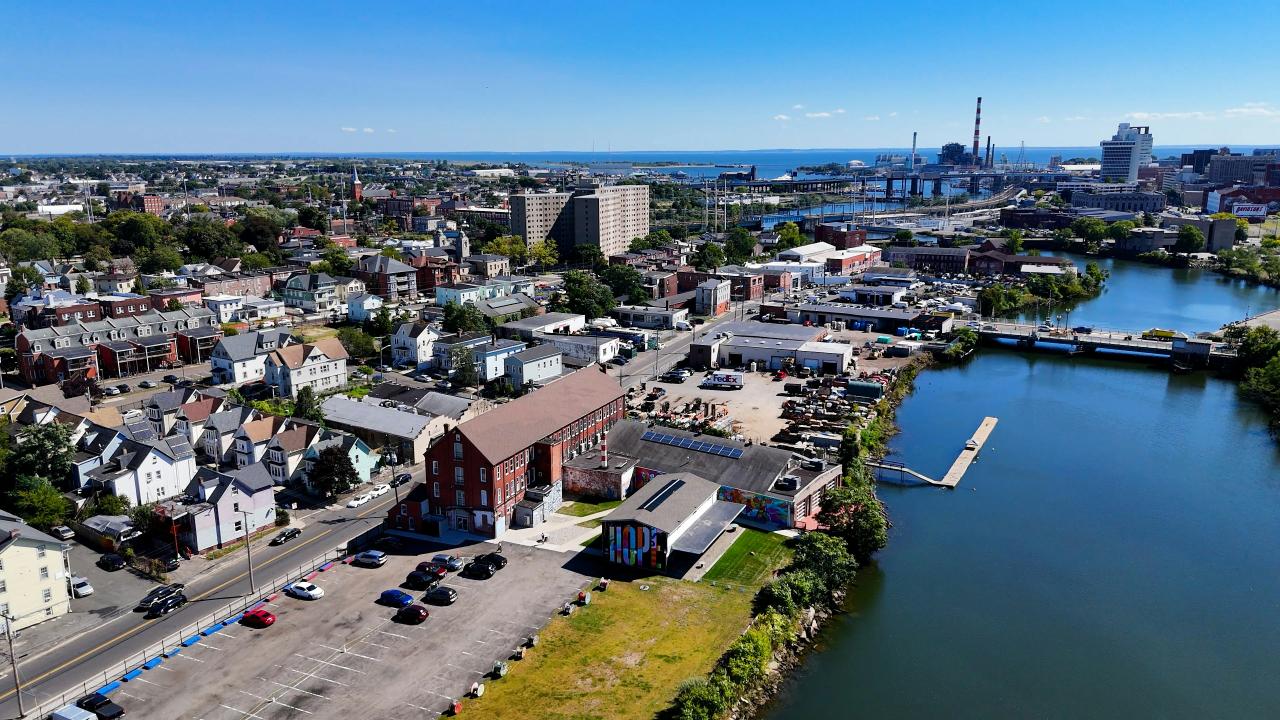Planning for Safety and Comfort
A well-designed corridor is active and safe at all hours. Spaces that are bustling during the day but feel abandoned at night create security concerns, particularly for women and other vulnerable groups.
Key considerations include:
✅ Lighting – Ensure corridors and pathways are well-lit, avoiding dark, isolated areas. Covered bike parking also needs extra lighting to remain safe in winter and evenings.
✅ Liveliness – Mixed-use spaces extend activity throughout the day and week, preventing dead zones that feel unsafe.
✅ Public Transport Access – Stations and stops should be well-placed, well-lit, and easily accessible without blind corners, making them a convenient and appealing alternative to driving.
Closing Skills Gaps & Designing Inclusive Spaces

A welcoming environment is key to attracting and retaining diverse talent. This means:
✔ Ensuring accessibility – Thoughtful design benefits people with disabilities, different cultural needs, and varied work-life balance requirements.
✔ Providing supportive facilities – On-site childcare, inclusive restrooms, and prayer spaces remove barriers to workforce participation.
✔ Encouraging alternative transport – Safe, bike- and pedestrian-friendly infrastructure makes commuting easier for a broader range of people.
Fostering Collaboration & Innovation

Great industrial spaces don’t just house businesses—they connect people. Shared spaces and open-plan layouts encourage collaboration between companies, while partnerships with local communities and universities bring in fresh ideas and talent.
However, true inclusion means examining who gets a seat at the table. In sectors like logistics, construction, and manufacturing, men still dominate leadership and entrepreneurship. To counter this, we must:
⚡ Increase visibility – Ensure women and minorities are represented in public consultations, events, and decision-making.
⚡ Ditch "manels" – No more all-male expert panels! Diverse perspectives lead to better solutions.
⚡ Support underrepresented entrepreneurs – Tailored support for women, migrants, and minority-led businesses can unlock new sustainable innovations.
Why Diversity Matters for Sustainability
Diversity isn’t just about fairness—it’s a key driver of sustainability. Research shows that diverse teams make better decisions and are more likely to adopt sustainable practices.
Companies with high diversity levels:
📈 Perform better financially
🌱 Lead in ESG (Environmental, Social, and Governance) initiatives
💡 Develop more innovative and inclusive green solutions
Inclusive entrepreneurship also plays a role—when people from all backgrounds have opportunities to innovate, the solutions they create reflect a wider range of needs, making the green transition more effective for everyone.
Tracking Progress with Data
To ensure industrial corridors truly serve diverse users, we need data-driven decision-making. Collecting gender-disaggregated data—on workplace demographics, transport use, and business participation—helps refine policies and identify gaps.
By continuously monitoring who benefits from innovations and who is left out, we can course-correct in real time and build spaces that work for everyone.
Conclusion
Industrial corridors shape economies, communities, and climate outcomes. By embracing inclusion, smart design, and collaboration, we create spaces that are not just functional, but future-proof—supporting diverse talent, sustainable business, and a just green transition.

